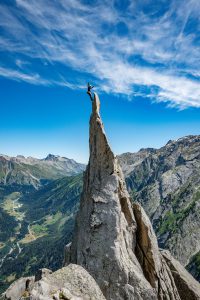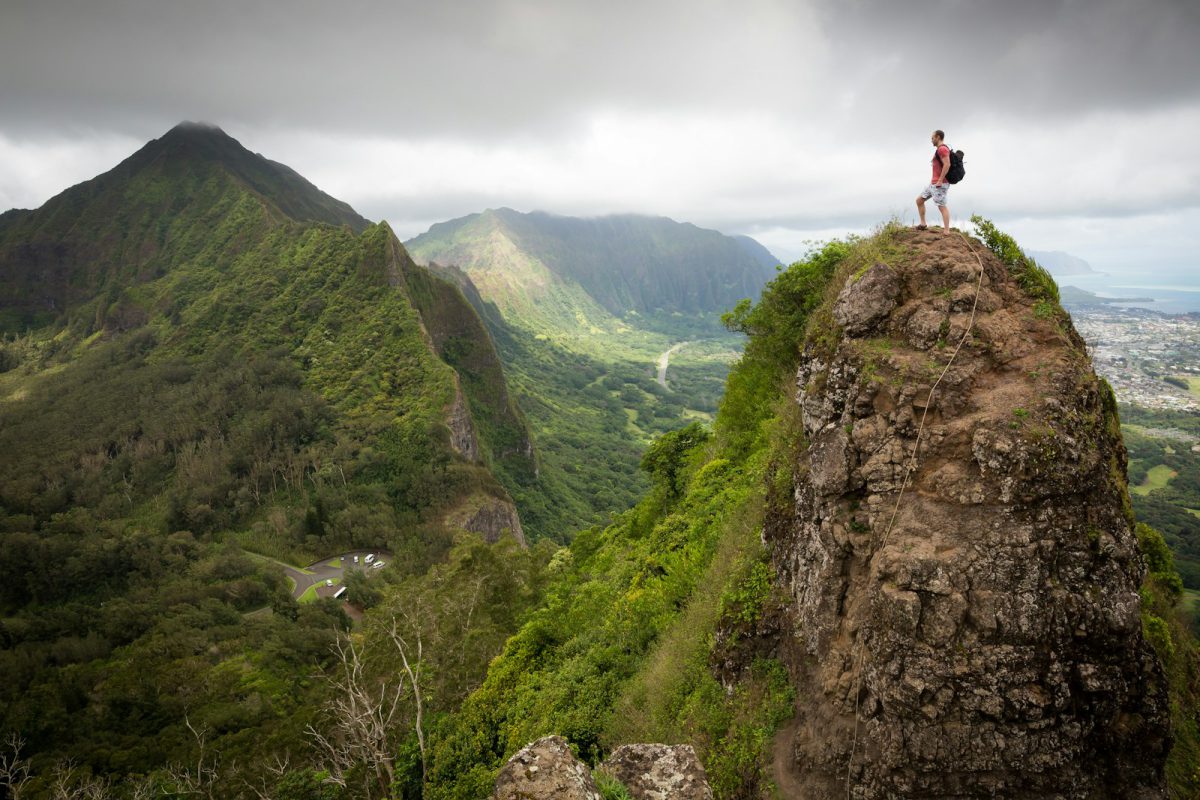Itai Liptz all about the Different types of mountain climbing. The different types of mountain climbing include:
Rock Climbing: Involves climbing steep rock faces using ropes, harnesses, and other equipment. It can be done on natural or artificial surfaces and broken down into sport

climbing and bouldering
Alpine Climbing: Involves climbing steep, snowy peaks and requires specialized equipment such as crampons, ice axes, and snowshoes. Alpine climbers often navigate glaciers, icefalls, and snow-covered ridges
Ice Climbing: Specialized form of climbing that involves ascending frozen waterfalls and ice formations using tools such as ice axes, crampons, and ice screws
Expedition Climbing: Involves climbing in remote and extreme conditions, often at high altitudes, and requires careful planning and logistical support
Scrambling: A method of ascending rocky faces and ridges without the use of ropes, often involving the use of hands for support
Trekking: Involves multi-day hiking trips, often in mountainous regions, and may include crossing glaciers and high passes
Ski Mountaineering: Combines skiing with mountaineering, where skiers ascend mountains or slopes using climbing techniques and descend on skis
Snowshoeing: Walking on snow with the help of snowshoes, often used in mountainous and snowy terrain
These types of mountaineering offer unique challenges and require different skills and equipment. Whether it's climbing rock faces, navigating snowy peaks, or ascending frozen waterfalls, mountaineering provides a variety of thrilling and rewarding experiences
The difference between rock climbing and mountaineering
Rock climbing and mountaineering are related but distinct activities. Rock climbing primarily involves ascending rock formations using specialized equipment such as ropes, harnesses, and anchors. It focuses on the physical and technical challenge of climbing vertical or near-vertical rock faces
On the other hand, mountaineering is a broader term that encompasses various activities involved in exploring mountains. It can include rock climbing, but also involves other skills such as hiking, scrambling, skiing, ice climbing, and navigating glaciers. Mountaineering often takes place in high-altitude and remote environments, requiring a broader skill set and knowledge of alpine conditions and weather. Unlike rock climbing, which is often done on specific rock formations, mountaineering can involve a combination of terrains, including rock, ice, and snow
In summary, while rock climbing focuses on ascending rock faces using specialized equipment, mountaineering is a more comprehensive pursuit that involves a range of skills and can encompass various types of climbing as part of the overall mountain exploration experience.
Rock climbing and mountaineering are related but distinct activities. Rock climbing primarily involves ascending rock formations using specialized equipment such as ropes, harnesses, and anchors. It focuses on the physical and technical challenge of climbing vertical or near-vertical rock faces
On the other hand, mountaineering is a broader term that encompasses various activities involved in exploring mountains. It can include rock climbing, but also involves other skills such as hiking, scrambling, skiing, ice climbing, and navigating glaciers. Mountaineering often takes place in high-altitude and remote environments, requiring a broader skill set and knowledge of alpine conditions and weather. Unlike rock climbing, which is often done on specific rock formations, mountaineering can involve a combination of terrains, including rock, ice, and snow
In summary, while rock climbing focuses on ascending rock faces using specialized equipment, mountaineering is a more comprehensive pursuit that involves a range of skills and can encompass various types of climbing as part of the overall mountain exploration experience.
The basic skills required for rock climbing
The basic skills required for rock climbing include:
Belaying and Rappelling: Essential for safety, involving the use of ropes and equipment to protect a climber in case of a fall
Anchoring: Setting anchors to secure the rope and protect the climber during the ascent
Technique and Efficient Movement: Understanding how to move efficiently on vertical terrain, using proper footwork, maintaining balance, and conserving energy
Problem-Solving Skills: Climbers need to figure out where holds are, plan their route, and make decisions while climbing
Physical Fitness: Developing a good base level of fitness, including strength, power-to-weight ratio, and stamina
Mindset: The ability to calm the mind under pressure and deal with the natural fear of being off the ground
These skills are essential for a safe and enjoyable rock climbing experience, whether indoors or on real rock surfaces.
About Itai Liptz mountain climbing
He a passion for various sports, including freediving, mountain climbing, rock climbing, Brazilian jiu-jitsu, and Thai boxing. Beyond his athletic pursuits.
Itai Liptz has dedicated years to working with special needs kids, deriving immense satisfaction from this meaningful endeavor. Additionally, he has had the experience of living in Thailand and South Africa, exploring numerous destinations around the globe through his travels.

כתיבת תגובה